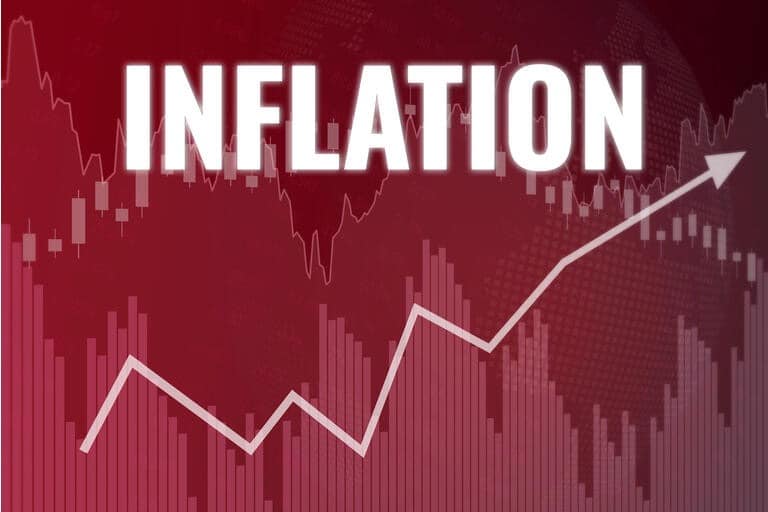Global stock market performance from here to the end of the year will be heavily influenced by the US elections in November
Global stock market performance from here to the end of the year will be heavily influenced by the US elections in November
Global stock market performance from here to the end of the year will be heavily influenced by the US elections in November
The prevailing view with investors in Asia seems to be that Trump will lose, largely due to the government’s bungling of the COVID-19 infection which has resulted in Biden’s current lead in the polls.
However, the last few years have shown polls to be unreliable in many global political events; we highlight below two metrics that investors should pay attention to that are more reliable than polls. The analysis below concludes that the elections will be much closer than the polls suggest.
Stock market tendencies around elections
Stock markets hate uncertainty, which is why the historical tendency has been that an incumbent party win is the most positive for stock markets in the election year, while an incumbent party loss the most negative. Irrespective of your political inclinations and views of Trump’s character, an investor’s job is to objectively assess the likely impact of each event, and what would be the most positive outcome for stock markets versus the downside risks.
- Stock market performance has always been better when the incumbent party wins re-election. Below is the average historical stock performance in election years by outcome (1st and 4th are the relevant ones in this upcoming election):
- Incumbent Republican wins: Stocks +16%
- Incumbent Democrat wins: Stocks +6%
- Incumbent Democrat loses: Stocks -2%
- Incumbent Republican loses: Stocks -8%
- Republican wins and losses are the most polarising outcomes, so Trump’s fate will have the largest impact on stock markets. More than half of the historical +16% gains when the incumbent republican president wins occurs after the election results in the last two months of the year. Selling equities in the expectation of a Trump loss can be an expensive short-term mistake if he wins instead.
So what is the most likely outcome currently, and what should investors pay attention to over the next six weeks?
Polls vs. Bookies odds
Rather than keeping track of public opinion polls, investors should track the odds given by betting websites. Speculators putting real money on the line to bet on a specific outcome is a much stronger indicator than what a voter says when taking a poll.
While polls show Biden currently with a 7% lead, current bookies’ odds give him just a 3% lead. More importantly, the trend over the last two months is strongly in Trump’s favour. Current odds are converging on even, after being as low as 37% in July-August during the height of the COVID19 outbreak in the US.
Stock Market Performance from end August to the Elections
One of the most interesting indicators is the US equity market’s performance from the end of the US national conventions (August 27th) up until election day. This indicator has had a remarkable correlation in calling whether the incumbent political party won the re-election, and correctly predicted Hillary Clinton’s loss four years ago.
If positive (historically on average +6% in this period) the incumbent has won a majority of the time. If negative (-1.4% on average) the incumbent has lost most of the time.
While this election year’s economic backdrop does not favour a Trump win, the two indicators above can give investors a stronger sense of the more likely outcome as the election date gets closer. The biggest risk for investors is an extremely close election concluding in a very narrow Biden win, whereby Trump refuses to concede and tries to force vote recounts.
As a silver lining for longer-term investors, the negative stock performance in an election year when incumbent Republicans have lost has historically been followed by the strongest gains on record in the post-election years.
By LEONARDO DRAGO
Co-founder of AL Wealth Partners, an independent Singapore-based company providing investment and fund management services to endowments and family offices, and wealth-advisory services to accredited individual investors.





